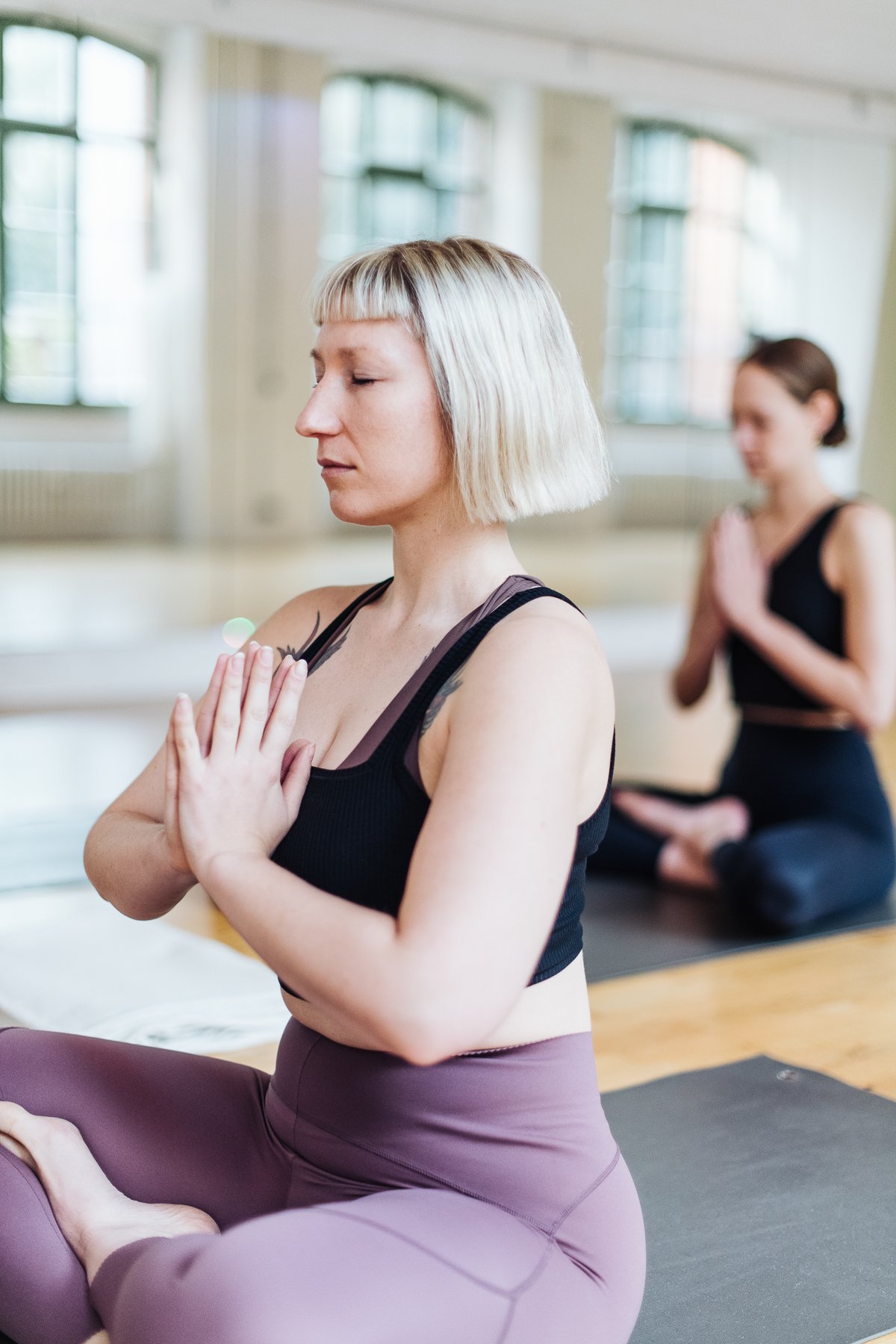Ashtanga
8 limbs of yoga
Aṣṭāṅga Vinyāsa Yoga is a method developed by Śri Tirumalāī Kṛṣṇāmacārya and his students and popularised by Śri K. Pattabhi Jois and B. N. S. Iyengar of Mysore in the mid-20th century, and is believed (as per by Pattabhi Jois) to be derived from the ancient text of the Yoga Korunta, allegedly rediscovered, and eventually lost again, in the 1930s.
Aṣṭāṅga Vinyāsa Yoga, whether it is the mainstream Ashtanga of Pattabhi Jois or the so-called alternative Ashtanga as developed by BNS Iyengar of Mysore, consists of multiple series. Each series is a fixed sequence of asanas that is meant to be practiced repeatedly. Furthermore, each series has fixed elements repeated regardless of the series one practices, the Sūrya Namaskāra A and B, the fundamental positions and the finishing sequence. Each practice session starts with an opening prayer and is completed by chanting the closing mantra.
The theoretical base and spiritual inspiration for Aṣṭāṅga Vinyāsa Yoga is the ancient system of Astanga yoga, 'the 8 limbs of yoga', from Patañjali. In Sanskrit, Aṣṭāṅga means eight (aṣṭau) limbs (aṅga).
These 8 limbs mentioned in Yoga Sūtra of Patañjali are means of practice and guidelines leading to liberation, enlightenment. Note that asana (yoga posture) forms only one limb.
Eight limbs of yoga
“Ashtanga Yoga is the dance of the breath with the body, a holistic meditation of movement.”
Dr. Ronald Steiner

